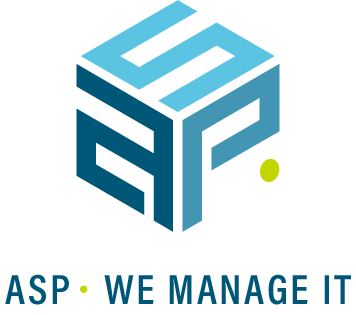Leaping skywards – ITIL Continuous service improvement with wow factor
Continuous service improvement (CSI), it seems, is an increasingly popular term. You can find a bunch of articles online covering the theory of its application in ITIL and IT service management. You won’t find much though on how it fits with current digital disruption or real life practical examples. In this blog post, I will outline a new approach to CSI: CSI with a wow factor. Practical examples will illustrate how this approach can make a massive difference to all phases of IT managed services projects.

CSI and ITIL
First a short introduction to ITIL and CSI. ITIL, the Information Technology Infrastructure Library, are guidelines for organizations to improve IT operations and business processes. It is the most widely accepted approach for IT service management for giving business value. ITIL aims to focus on what matters by aligning IT infrastructure with business services and to promote a culture of continuous improvement. Actually CSI is an explicit part of ITIL as the fifth ITIL stage with service strategy, service design, service transition, service operation as the first four stages. However CSI also is part of each of the four stages.
CSI is a constant cycle and is founded on the Deming circle of Plan, Do, Check and Act: plan (plan a project of improvement), do (do the project), check (audit the outcome), act (take new action for improvement).

Outline of CSI with Wow
Managed services is our core business. Following industry best practice such as ITIL is something we take very seriously. But “necessity is the mother of invention”. In our case not being a large enterprise has led to a natural evolution to a way of working that combines being pro-active, agile, responsive and pragmatic: a combination that combined gives the Wow factor. It can impact not only managed services, but the management processes around those services and the whole lifecycle of those services.
This Wow is an effective way to rise to the challenge of accelerating change yet still providing service excellence. Change can be driven by customer demands, business needs or can be a pull to capture the benefits of new technology.
In the diagram below, the typical CSI model is shown in blue. Attached at each step, shown in orange, are what I term Wow impacts.
In the “where you want to be”, the Wow is vision with stretch – not small improvements but striving for leaps in service improvement and being prepared to make significant changes for example, to grasp the advantages of any new enabling technology.
The implementation step, the Wow signifies that the change management process is carefully crafted to give minimal disruption to normal operations.
The frequency of the cycle through the model is also continuous and agile: not bound by rigid form filling and change request procedures but pragmatic, flexible and light.
The wow factor is also embedded at all levels – in people, process and technology across all the steps involved in CSI.

CSI with Wow in action
The example in this post is CSI for a mission critical managed service for one of our customers. Originally the infrastructure for the service was realized on a physical server running the Solaris operating system. One phase was a move to solaris zones: virtualize the operating system environment within the Solaris OS. More recently with continuous improvement in action, dramatic benefits were achieved with a switch to our central data center virtualization platform based on VMware. These benefits were better management of the service, higher availability, a more robust and stable environment and, the cherry on top, all at a decreased monthly cost for the customer. Additionally the switch was carried out over Christmas, ensuring very limited downtime.
And where was the Wow? It was in the pro-activity and vision to make the step to VMware and get a leap in service levels. It was in the change management approach employed, customer-centred and agile, which gave zero disruption transition to the customer.
Conclusion
It is our System engineers with their in depth knowledge of customer infrastructure and technology that is at the core of the Continuous Service Improvement with a Wow effect. Our System engineers propose to our management and our customers the “how we are doing now” and “where we can get to”. This process will ease or simplify daily tasks of managing and operating the service all year long. And for our customers? Well, a “”wow”” for them is real peace of mind, knowing that their managed service is on the onwards and upwards track of continual improvement.


